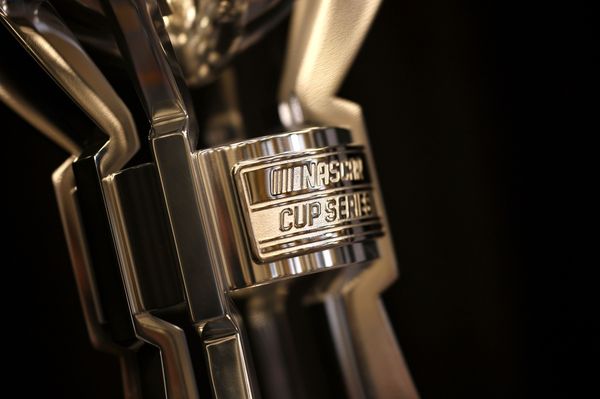A “HIDDEN” door has been found at a historic mansion in Stirlingshire where Bonnie Prince Charlie once stayed as a leak led volunteers to the discovery at the weekend.
Last week The National told how the Grade A-listed Bannockburn House, near Stirling, “may not survive the winter” if significant funding is not secured soon, the charity running the building has warned.
Historians discovered a musket ball hole hidden amidst plaster work and wooden panelling in a bedroom last year which was suspected as a likely attempt to assassinate Prince Charles Edward Stuart when he sought refuge in the grand house in 1746.
Now another important find has been discovered at the historic mansion by the building's head of research and conservation, Catherine Bradley – a plastered-up door between two rooms.
The discovery “entirely” changes the way the house is “experienced” according to Bannockburn House Trust operations manager, Jack Jardine.
“Volunteers have always suspected there was a door there because you could sometimes see a small door-shaped outline on the wallpaper, but recently the water damage caused some of the wallpaper to fade away.”
Jardine explained that the wallpaper which “came away” due to water damage to the wall wasn’t of “historic” importance as it was from the 1930s.
However, it revealed layers of wallpaper from different centuries and even ornate paintings on the wooden panelling on the walls which surrounded the door frame.
The discovery of the wooden panels is also a significant development for the trust, as they have struggled to date the house, but according to Jardine the paintings indicate it could be now a lot older than previously thought.

He added that the paintings, which are shaped like vines sprawling across the walls, are similar to Culross Palace, in Fife, which is a short distance away from Bannockburn and was built at a similar period.
“The house was built in the early 1670s by Hugh Patterson, the first Baronet, but these are from a time before,” Jardine said.
“Painted wood and wall panelling are more characteristic of the period 1540 to 1640, which we believe might be a sign that the house is actually older than we previously thought.”
He added: "We can't say it's 100% conclusive.
“We've still got to do research, but we'll speak to the experts before making a declaration like that, but it's very interesting.”

After discovering the paintings and the door Jardine got in touch with Stirling Council’s resident archaeologist, Dr Murray Cook, for an expert opinion and to check it out.
Cook explained that he went through the layers of wallpaper which ranged from the 20th, 19th and 18th century and showcased 300 years' worth of “changing design” and that they told an “interesting story” of the building's history.
“I mean, you've got wallpaper there that Bonnie Prince Charlie saw,” he said.
Cook added the painting would complement the “amazing” plasterwork on the room's ceiling and on the walls and that it offers a “little snapshot of Scottish taste” in the area during the 16th and 17th centuries.

Historians at the house along with Cook believe the Wilsons, who were the owners of the house in the Victorian period, plastered the door shut.
Jardine explained by sealing the door shut, it changed the way the house is experienced in comparison to the previous Patterson baronets.
“It would have been the doorway into what's called the Leigh hall,” he said.

“When the Pattersons owned the house, you couldn't see the plaster ceiling from the ground floor because it was used as a study for the baronet, and that door that we have found blocked up would have been the original entrance to that room.
“It's a very significant room in the way the building's presented and the way people would move around it and it changes the entire way we interpret Bannockburn House and its layout.”
The paintings and door were discovered due to a leak caused by water ingress coming through a chimney stack on the eastern side of the house as some of the rendering from the stack gave way.
A few months ago, the house was closed to the public as it was no longer deemed safe for visitors, meaning it was missing out on essential income.
Since then, despite the best efforts of volunteers and staff, the trust has struggled to obtain the funding it requires to make sufficient repairs, with Jardine saying around £400,000 is needed in total for repairs and conservation.

He went on to say that the trust is urgently looking to secure £5000 in funding to wrap the chimney to stop any more water from coming through.
“The chimney is by far the biggest problem, we've been quoted roughly £5000 in order to have the chimney wrapped, which, although the wrap should cover us for a couple of years.
"It gives us the breathing space to do remediation work and to fundraise further in order to get greater work done.”
You can click here to donate to the crowdfunding campaign which was launched last year.







